Not only the promotion counts when it comes to the production of learning toys
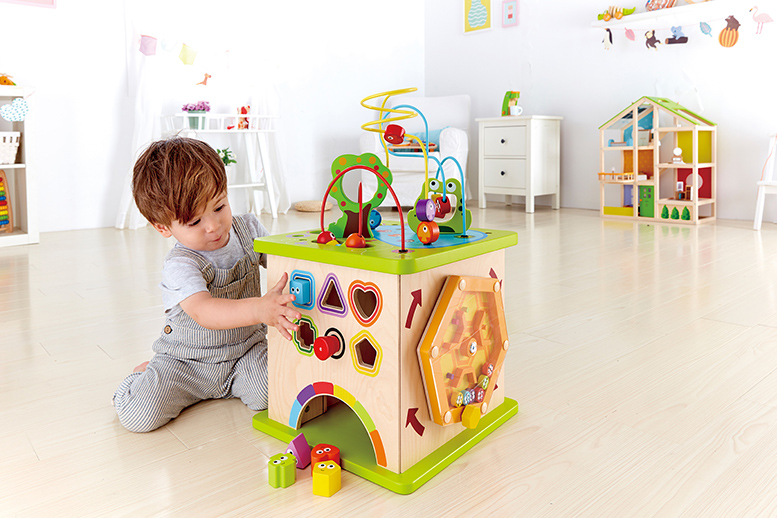
Latest news
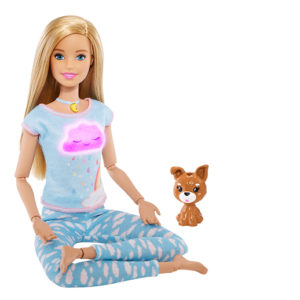
-ADVERTISEMENT- The wellness and fitness trend has arrived in the …
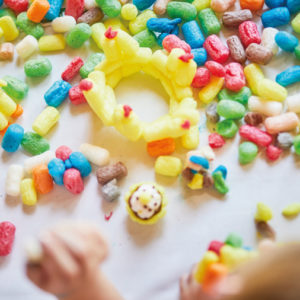
The fight against environmental destruction and the climate crisis are …
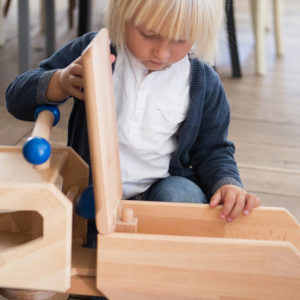
Anyone looking for new products in the field of toys, …
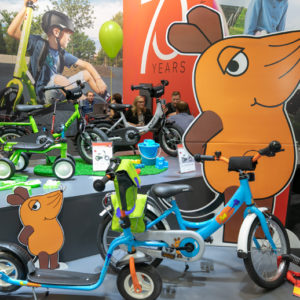
It is a market with huge dimensions and great potential. …

For companies, a social media presence has become indispensable and …

Hardly anything disturbs customers as much as waiting at the …

Research by TV station RBB has shown that some outlet …
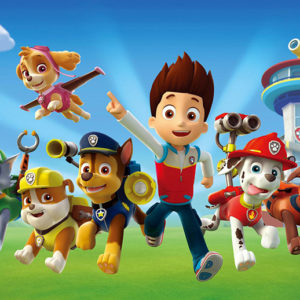
The industry association Licensing International (formerly LIMA) has honored outstanding …

Communications manager Hannah König and managing director Stephan Schenk are …
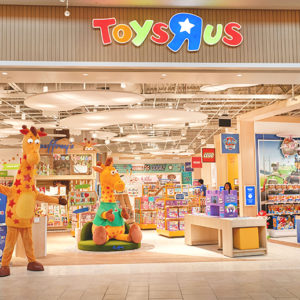
The toy dealer wants to leave his insolvency behind him. …
Toy companies develop learning toys in such a way that they correspond to the developmental stage of the children. However, when buying toys, parents also pay attention to the longevity and sustainability of the products. Manufacturers respond to this with different concepts.
„We believe that the play instinct in the DNA of every child is present, one must only bring it out and guide it carefully. Our toys are designed to stimulate playing and learning right from the start so children can discover the world we live in,“ says Lisa Hilbert, Head of Marketing at Toynamics Europe GmbH. Learning toys should meet the needs of a particular age group. However, Axel Kaldenhoven, Managing Director of Schmidt Spiele GmbH, points out that the abilities and characteristics of children within an age group also vary greatly. „Interest and preferences also differ from child to child, and therefore toys should be designed in such a way that they can be used by the broad mass of an age group without overwhelming or underchallenging the children.“
Nicholas Koker, Senior Product Manager at VTech Electronics Europe GmbH distinguishes between content: „The age restriction is usually determined according to the learning content. For the little ones it begins with colors, shapes and numbers, followed by letters, cause and effect or first logic concepts. The closer it gets to enrollment, the more important the first experiences in writing, reading and simple mathematics become.“
Promotion ot motor abilities
Learning toys can support children‘s gross motor skills (movement), fine motor skills (dexterity) or cognitive abilities (e.g. distinguishing colors). However, parents are often unsure about how to support their children in an age-appropriate way. The managing director of the BVS trade association toys, Steffen Kahnt, advises parents to rely on their intuition: „Every child develops in a different manner. Parents know best when their baby is ready for toys. Rattles and grabbing toys, for instance, can be used at a very early age.“ Especially for children under the age of one, gross motor skills are important. At VTech, these are encouraged by various elements found on the toys, such as small wheels to turn or colorful buttons to press. When the child becomes more mobile, the „crawl with me bear“ encourages the little ones to crawl behind it. Learning to walk can be made easier by the VTech play and running trolley. The older the children get, the more their fine motor skills develop. Here, Nickolas Koker recommends using sorting toys and puzzle elements for support. „Motoric toys promote both coordination and physical abilities. This does not only include endurance and mobility, but also the ability to balance and orient oneself. Starting from the third month, abilities can be learned and expanded. Grabbing toys or motoric boards, which contain various elements, train the motor skills of the youngest“, explains Axel Kaldenhoven.
During the next stage, there are toys that are specifically targeted at the development of social skills as they are only intended for being played with one or more play partners. Through the interaction with other children, the education of social competences is supported.
Quality assurance for learning toys
Parents are increasingly looking for high-quality materials and good workmanship when buying children‘s toys. Wooden toys are still particularly popular because they are easy to use and have a long service life. In many plastic toys, on the other hand, harmful plasticizers can be found that are absorbed when children play.
Various certificates and seals certify toys that are harmless to health, have educational value and are produced in a sustainable and environmentally sound manner. The toy company Selecta banks on wood from sustainable forestry when choosing materials. Almost all products from Selecta are TÜV-certified and comply with the European Standard for Safety (EN71). The toy manufacturer also makes use of environmentally friendly water-based adhesives and paints. In this way, sustainable and safe play for the little ones is guaranteed. „Parents want to move away from the „throw-away society“ towards a sustainable use of toys. This requires products that have a long service life and are permanently safe for the little ones,“ says Kaldenhoven.
According to Koker, the toy manufacturer VTech also attaches great importance to a high product quality. The company therefore strives to produce as environmentally friendly as possible, in other words: using environmentally friendly materials for products and packaging, reducing material and energy consumption and maximizing recyclable elements. „To this end, we have established the „Every Component Counts“ principle, and try to improve here every day,“ says Koker. The company Hape also relies on natural and high-quality materials in its production. Toys made from renewable raw materials such as wood, bamboo, fasal, sugar cane and rice starch characterize the product range. In addition, water-based paints and recycled packaging materials are used. „The chemical products, which are used, are inspected by certified external laboratories immediately after their delivery and acceptance,“ explains Hilbert.
Trends for the year 2020
„Not only in our everyday life, but also in the entire toy industry, the trend is increasingly towards quality, sustainable production and careful use of resources. The discussion about plastics in everyday life is progressing and with it the topic of conscious and environmentally friendly consumption, which does not even stop at the children‘s rooms. The demand for durable and sustainable (learning) toys is growing. Wood as a material is especially becoming more and more popular and will continue to grow in importance. Wood is not only robust and harmless for young people, it is also a renewable and natural raw material and thus environmentally friendly,“ Kaldenhoven emphasizes.
You might be also interested in:
Hasbro becomes sustainable – no plastic used in packaging for toys and games
Top 10 Toys 2019 – these are the nominated products
Image: Hape
//JP



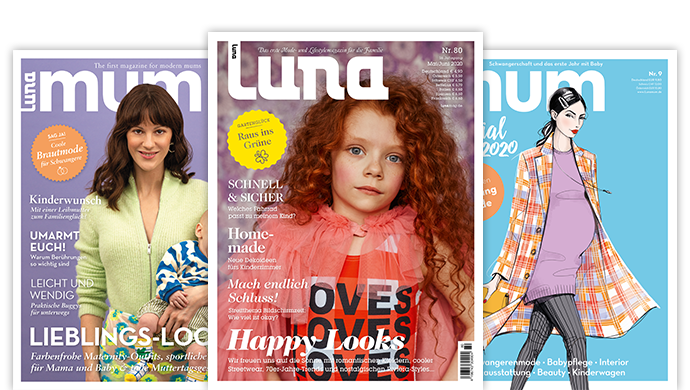
Leave a Reply